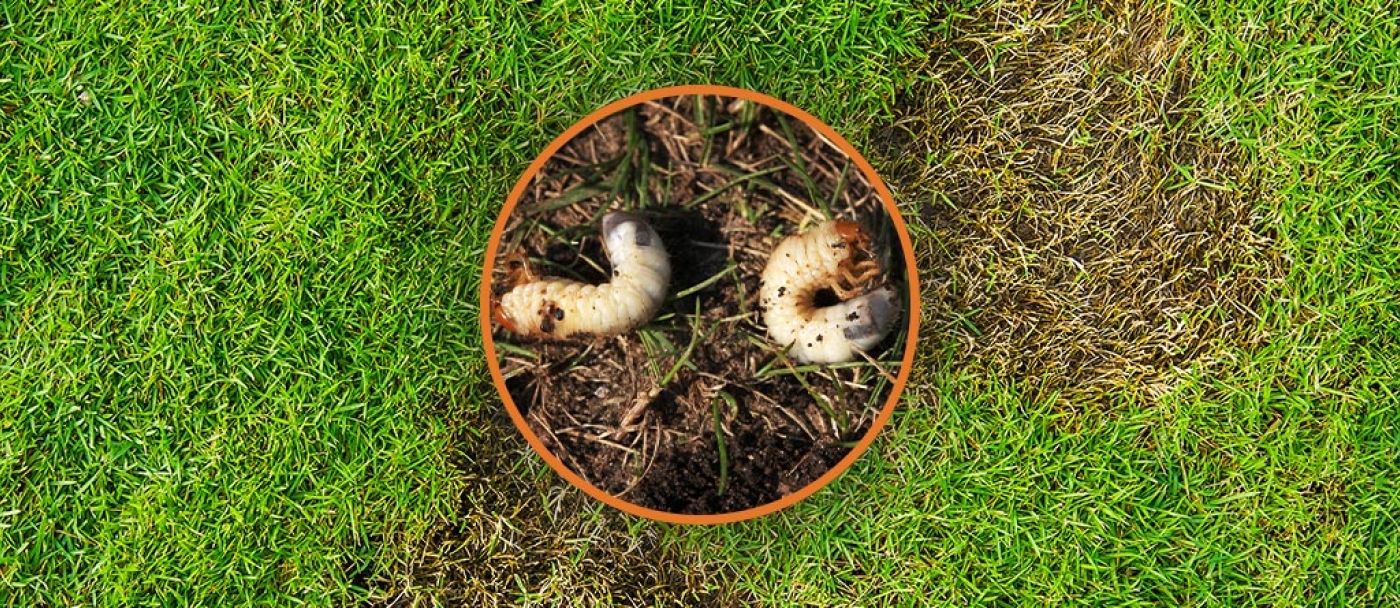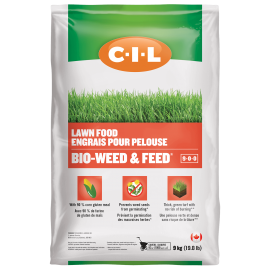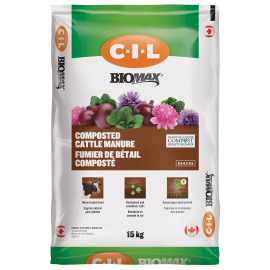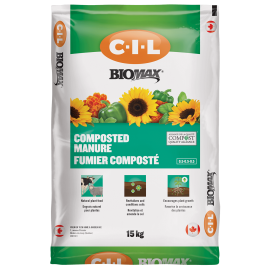Expert tips to get rid of white grubs in lawn

By Albert Mondor
If you find brown or bare spots in your lawn in the spring, white grubs may well be the culprits. White grubs are actually the larvae of some beetles, namely the common June beetle, the European chafer and the Japanese beetle. As adults, they lay their eggs in grassy locations, mainly in lawns, usually at the beginning of summer. Their eggs hatch a few weeks later and give birth to white grubs with a brown head. They have a characteristic "C" shape and three pairs of legs.
The damage caused by white grubs
As adults, those insects feed off the foliage of several plants. Their larvae, which live in the ground, cause a lot of damage by eating the roots of grass plants. When it's infested, large patches of grass turn yellow and brown. The lawn is sometimes pulled off by small animals, including skunks, that look to feed on the larvae. Robins and starlings also appreciate the "delicacy".
How to deal with an infestation
Those insects are very hard to get rid of, especially Japanese beetles. You can hope to control the proliferation of white grubs in your lawn with parasitic nematodes, microscopic worms that attack and kill white grubs. Nematode-based products are easy to use and harmless to humans and animals. Just place the sponge containing the nematodes in a hose-end sprayer and treat the infested areas of your lawn.
You can apply nematodes in the spring, ideally towards the end of May or the beginning of June, and again in the beginning of August through to the middle of October. Make sure to keep the lawn moist by watering every other day for a period of two weeks following the treatment. Finally, when Japanese beetles and chafers are laying their eggs, towards the end of spring or beginning of summer, it is recommended to turn off all outdoor lights at night to avoid attracting them. Also, mow your lawn higher than usual, that is, about 7.5 cm (3 in.) high.





